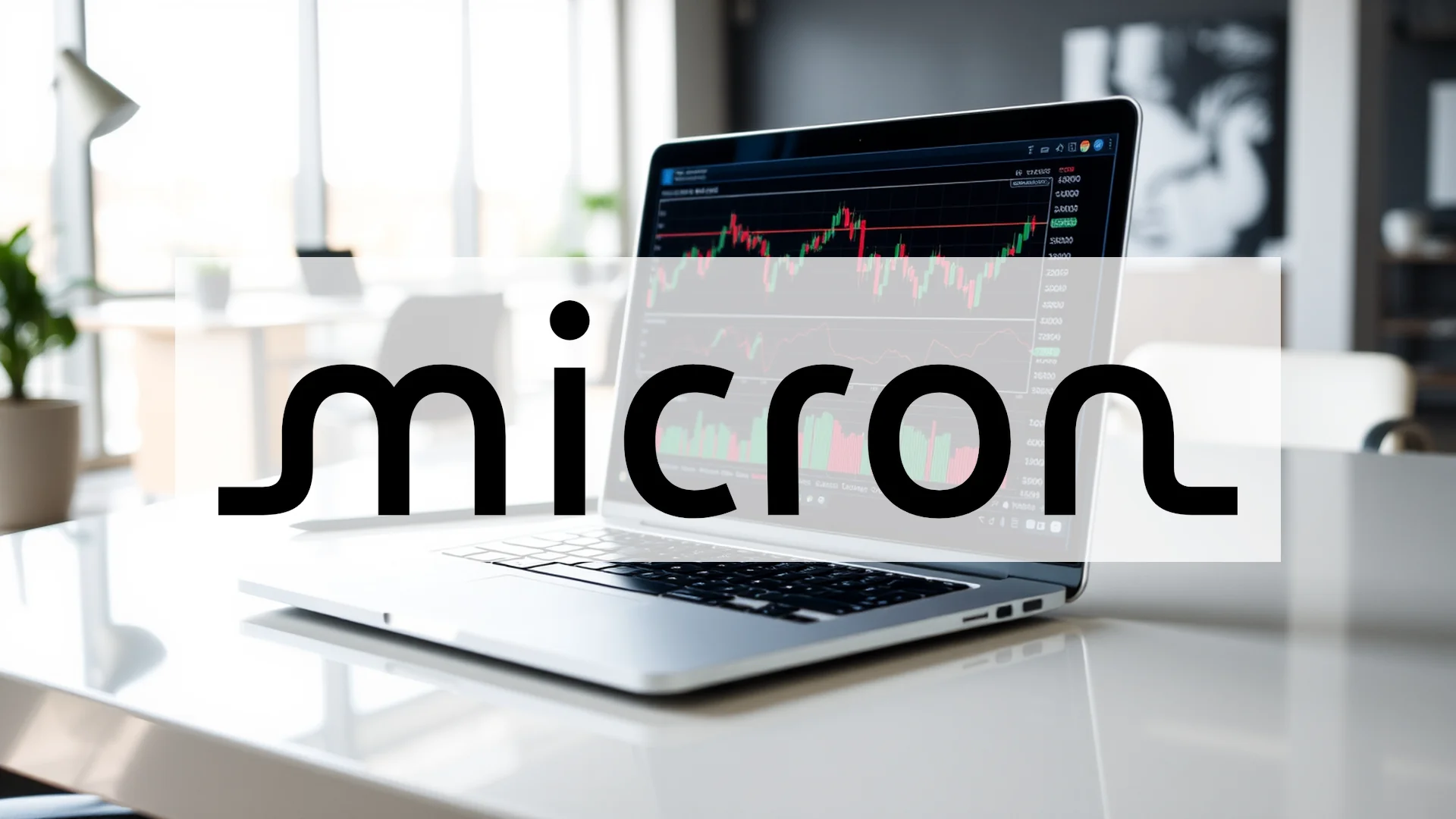The crafting technology company Cricut finds itself navigating a complex transition. As its subscriber base expands, the firm is simultaneously contending with a pronounced downturn in equipment sales. This divergence presents a critical test: can the burgeoning subscription service sufficiently offset the weakness in physical product revenue? The company’s future trajectory may well depend on the answer.
Financial Performance Reveals a Split Picture
Recent quarterly results highlight this corporate dichotomy. Cricut reported a significant 24% increase in net profit, reaching $24.5 million. Earnings per share came in at $0.11, surpassing market expectations. Driving this profitability was the subscription segment, which grew 7% and now serves over three million paying members. This division contributes approximately 80% of the company’s total profit, creating a solid foundation even as device sales contracted by 10%. The slowdown has been particularly evident in international markets, where customer adoption has lagged.
Management’s strategic focus remains on organic growth and sustained product innovation. The company launched its next-generation devices in February, featuring enhanced cutting speeds, followed by a series of software upgrades released in September.
Market Sentiment Remains Cautious
Despite these positive operational developments, analyst perspectives are mixed. While full-year profit estimates have been revised upward by 27% and the stock carries a Zacks “Buy” rating, the overall outlook remains restrained. Three analysts maintain an equivalent sell rating on average, projecting a price target of just $4.52. This represents a potential decline of more than 28% from current trading levels. Adding to the caution, corporate insiders have disposed of shares valued at $2.4 million over the past three months without making any purchases.
Should investors sell immediately? Or is it worth buying Cricut?
External Headwinds Emerge
Compounding these challenges, new regulatory pressures threaten future margins. Recently imposed U.S. tariffs on goods imported from Southeast Asia are expected to negatively impact financial performance beginning in the fourth quarter and potentially extending through 2026. These external factors arrive at an inopportune time as the company works to stabilize its core hardware business.
Through these headwinds, Cricut continues to return capital to shareholders. A special dividend distribution of $0.75 per share, combined with a semi-annual dividend of $0.10, provides an attractive yield of 3.19%.
The Path Forward
The essential question facing the crafting specialist is whether it can successfully convert its subscription achievements into sustainable long-term growth while arresting the decline in hardware sales. The conflicting signals from market experts and corporate insiders indicate that investors have yet to reach a consensus on Cricut’s ability to navigate this pivotal transition.
Ad
Cricut Stock: Buy or Sell?! New Cricut Analysis from December 29 delivers the answer:
The latest Cricut figures speak for themselves: Urgent action needed for Cricut investors. Is it worth buying or should you sell? Find out what to do now in the current free analysis from December 29.
Cricut: Buy or sell? Read more here...













